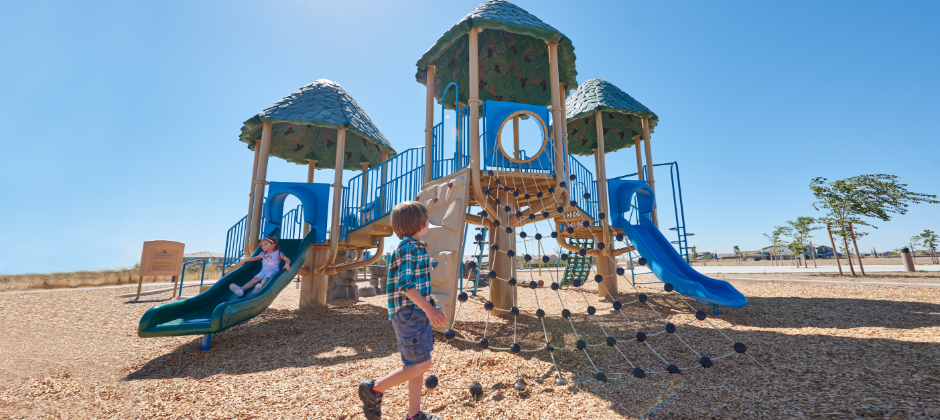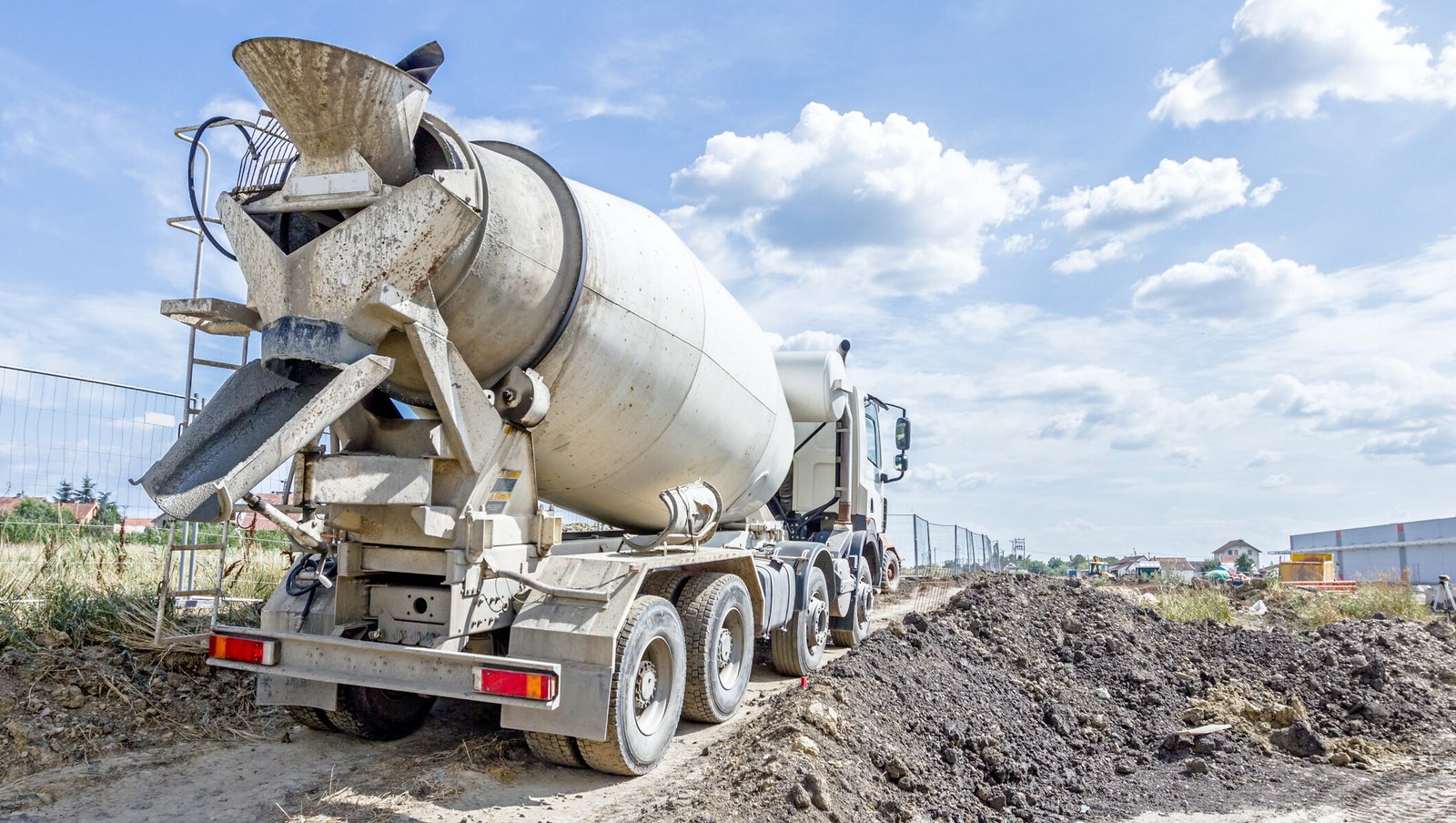Choosing the right outdoor equipment isn’t just about comfort — it’s about safety, performance, and longevity. Whether you’re a weekend hiker, a seasoned mountaineer, or a casual camper, the tools you depend on can make or break your adventure. Knowing how to evaluate outdoor equipment ensures you spend your money wisely and avoid disappointment in the wild.
This guide walks you through a detailed process of assessing, testing, and selecting outdoor gear that fits your lifestyle, terrain, and goals. Let’s dive into the essentials of outdoor gear evaluation — so you can explore confidently, knowing your equipment won’t let you down.
What Does It Mean to Evaluate Outdoor Equipment?
To evaluate outdoor gear means more than scanning for brand names or eye-catching designs. It’s a careful analysis of how well each item performs under real-world conditions. Evaluation involves comparing durability, comfort, safety, and usability across products.
For instance, two jackets might look identical, yet one could withstand a snowstorm while the other barely handles a drizzle. That’s the difference between buying and evaluating gear.
When you assess outdoor tools or clothing properly, you’re essentially running a performance test before committing your money. You look at design integrity, material reliability, and manufacturer credibility. It’s the smart buyer’s method for avoiding regret and ensuring every purchase is worth the investment.
Key Factors to Consider When You Evaluate Outdoor Equipment
Before you rush into a purchase, analyze the following key aspects. These elements determine whether your outdoor gear will serve you well or fail when you need it most.
1. Purpose and Environment
Your adventure defines your gear. Evaluating starts by identifying where and how you’ll use the equipment. A backpack built for desert hiking won’t perform the same in alpine snow.
Here’s a quick breakdown:
| Activity | Primary Gear | Key Evaluation Factor |
| Hiking | Boots | Sole grip, water resistance |
| Camping | Tent | Weatherproofing, setup time |
| Climbing | Harness | Load capacity, safety rating |
| Kayaking | Paddle | Weight balance, durability |
| Trekking | Backpack | Weight distribution, comfort |
Each environment demands specific functionality. Think of it this way — you wouldn’t wear sandals to a snowstorm, right? Matching gear to conditions ensures optimal safety and comfort.
2. Material and Build Quality
The quality of materials directly affects the gear’s reliability and lifespan. Outdoor equipment endures heavy use and harsh elements, so material selection matters immensely.
Look for:
- High-denier nylon or polyester fabrics for tear resistance
- Double-stitched seams and reinforced zippers
- Aluminum or carbon-fiber frames (strong yet lightweight)
- Corrosion-resistant coatings for metal parts
A well-built tent or backpack feels sturdy in hand and holds up over repeated use. Flimsy stitching, weak clips, or cheap zippers are warning signs.
Example:
A tent with a 70D ripstop nylon floor will last longer than one made from 40D polyester. Both might seem similar at first glance, but over time, the stronger weave resists abrasion and moisture better.
3. Performance and Functionality
The best gear performs smoothly in challenging situations. You’ll want to know how the product behaves when pushed to its limits.
To evaluate this, consider:
- Ease of use: Does it assemble or adjust quickly?
- Adaptability: Can it handle varied terrain or weather?
- Comfort: Does it cause strain during long-term use?
For example, a well-designed backpack distributes weight evenly across your hips and shoulders, preventing fatigue. Meanwhile, a poorly balanced pack can lead to back pain after just an hour.
Always test the functionality before relying on it outdoors. A quick mock setup in your backyard can reveal flaws before they ruin your trip.
4. Safety Standards and Certifications
Safety certifications aren’t just marketing fluff — they’re proof that your gear meets industry benchmarks. Look for these common standards when you evaluate outdoor tools:
- ISO: International safety standards for performance and durability.
- CE Mark: Indicates conformity with European safety regulations.
- ASTM: North American standards for sports and recreation equipment.
When buying climbing ropes or helmets, always check certification labels. Manufacturers undergo rigorous testing before they can legally display these marks.
Pro Tip: If a product lacks certification but claims “professional-grade performance,” that’s a red flag.
5. Portability and Weight
Outdoor adventurers know every gram counts. Lightweight doesn’t always mean better, but portability affects energy efficiency and endurance.
| Gear Type | Ideal Weight | Portability Score (1–10) |
| Backpacking Tent | 2–3 kg | 9 |
| Sleeping Bag | 1.5–2.5 kg | 8 |
| Trekking Poles | < 600g | 10 |
| Camping Stove | 1–1.5 kg | 7 |
Lightweight gear helps reduce fatigue, but ultra-light models can sacrifice strength. Always balance durability vs. portability depending on your trip length and terrain.
6. Weather Resistance
Nature is unpredictable. That’s why weather resistance should top your checklist.
When evaluating weatherproofing, pay attention to:
- Waterproof ratings (Hydrostatic Head): Look for at least 3000mm for tents.
- Windproof construction: Reinforced poles and guy lines.
- UV protection: Coated fabrics prevent material degradation.
Example:
A tent with a waterproof rating of 5000mm and a full-coverage rainfly will outlast cheaper models that soak through during storms.
7. Price vs. Value
A higher price tag doesn’t guarantee better performance. Smart buyers analyze the value equation — quality, features, and lifespan relative to cost.
Evaluate value by checking:
- Warranty duration and coverage
- User testimonials and longevity reports
- Replacement part availability
Common Red Flags:
- Heavy marketing but vague specifications
- No after-sales support
- Too-good-to-be-true discounts
Sometimes mid-range equipment delivers the best long-term value because it balances performance and affordability.
8. Brand Reputation and User Reviews
Brand reputation can indicate trustworthiness, but don’t rely on it blindly. Instead, combine research with first-hand insights from real users.
Where to look:
- Trusted review sites like REI Co-op, Trailspace, or Outdoor Gear Lab
- Forums and community discussions
- YouTube field tests by experienced adventurers
When reading reviews, look for consistent feedback across multiple users. Ignore one-off complaints unless they highlight serious design flaws.
Step-by-Step Process to Evaluate Outdoor Equipment
Now that you know what to look for, here’s a step-by-step approach to perform a detailed evaluation:
Step 1 — Research Before You Buy
Start by comparing several models online. Read specifications carefully, focusing on size, weight, and capacity.
Use comparison tools that align similar items side by side.
Example:
When buying hiking boots, compare sole material, ankle support, and waterproof membranes instead of relying on looks or brand popularity.
Step 2 — Inspect the Gear Physically
Whenever possible, handle the product in person. Open every zipper, test the clips, and check the fit.
Try on shoes, assemble tents, and feel fabric density. Physical inspection reveals more than photos ever can.
Checklist:
- Zippers move smoothly
- Stitching is tight and even
- No loose threads or cracks
- Balanced weight distribution
Step 3 — Test in Real Conditions
If you can, conduct a small field test before committing to extended use.
Pitch your tent in the backyard or wear your boots on a short local trail.
Why it matters:
A sleeping bag rated for -10°C might still feel uncomfortable due to poor insulation design. Testing lets you verify claims before your big trip.
Step 4 — Maintain and Re-Evaluate Regularly
Even the best gear wears out. Re-evaluate after every few trips. Clean, store, and check for damage to extend life expectancy.
Maintenance tips:
- Dry all items before storage
- Lubricate zippers occasionally
- Replace worn straps and clips
- Reseal waterproof coatings annually
Remember, re-evaluation keeps old gear performing like new.
Common Mistakes People Make When Evaluating Outdoor Equipment
Many buyers fall into predictable traps. Avoid these pitfalls to make smarter choices:
| Mistake | Smart Alternative |
| Buying based on looks | Compare technical specs first |
| Ignoring comfort | Test fit and adjustability |
| Overpaying for brand names | Research independent reviews |
| Skipping certification checks | Verify safety standards |
| Forgetting warranty coverage | Choose brands with service guarantees |
Each misstep can lead to wasted money or unsafe experiences. Awareness is the best prevention.
Expert Tips for Smarter Outdoor Equipment Evaluation
- Attend Outdoor Expos: Get hands-on experience with products before buying.
- Borrow or Rent Gear: Test expensive items before investing.
- Keep a Personal Checklist: Record what works and what fails during trips.
- Follow Seasoned Adventurers: Learn from reviews and trail-tested insights.
Quote:
“The wilderness doesn’t forgive untested gear. Evaluate before you venture.” — Unknown Explorer
Real-Life Case Study: Evaluating Two Backpacking Tents
To illustrate the process, here’s a practical comparison of two tents designed for backpacking.
| Feature | Tent A (Premium) | Tent B (Budget) |
| Weight | 2.4 kg | 3.6 kg |
| Waterproof Rating | 5000mm | 2000mm |
| Setup Time | 5 mins | 12 mins |
| Price | $250 | $120 |
| Lifespan (avg.) | 7 years | 3 years |
At first glance, Tent B seems like a deal. But over time, Tent A offers double the lifespan, stronger waterproofing, and faster setup. When you calculate value per year, Tent A wins hands down.
Lesson: Don’t just look at price tags — assess the total return on investment.
Final Thoughts: Evaluate Outdoor Equipment Before Every Adventure
Evaluating outdoor gear isn’t about being picky — it’s about being prepared. When you take time to assess each item, you protect yourself from failure, discomfort, and unnecessary expense.
The best outdoor experiences happen when your equipment supports your journey without surprises. So, before your next adventure, take this guide with you, make a checklist, and test your gear thoroughly.
Remember: Proper evaluation transforms good trips into great ones.
Frequently Asked Questions About Evaluating Outdoor Equipment
- What’s the best way to test outdoor equipment durability?
Try simulated field use — apply moderate stress, expose it to water, or test joints and seams. - How often should I re-evaluate my gear?
Inspect before every major trip and after heavy use or extreme weather conditions. - Are expensive brands always better?
Not necessarily. Focus on materials, warranty, and independent performance tests. - What’s the most reliable online source for gear reviews?
Check REI Co-op, OutdoorGearLab, and Backpacker Magazine for unbiased insights.








Leave a Reply